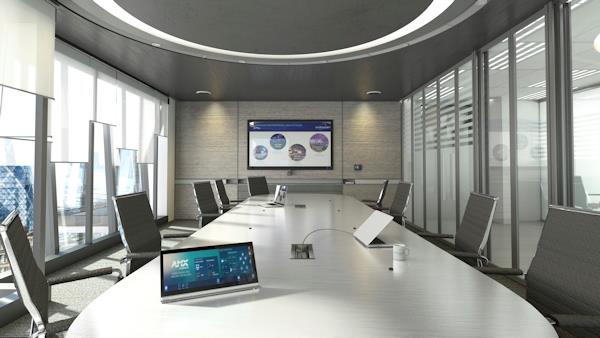Read Tips To Select the Ideal Surveillance System to Fulfill Your Safety Requirements
Read Tips To Select the Ideal Surveillance System to Fulfill Your Safety Requirements
Blog Article
When it comes to guaranteeing safety and security, selecting the right CCTV setup is essential. CCTV video (CCTV) setups are commonly utilized for monitoring in different settings, including residences, businesses, and public areas. These setups assist observe activities, deter crime, and provide important proof in the event of incidents. Understanding the different components and features of CCTV systems can help individuals and organizations formulate informed choices that most meet their safeguarding requirements.
One of the initial factors when selecting a CCTV setup is the kind of surveillance devices needed. There are numerous varieties of cameras available, including dome devices, projectile cameras, and PTZ (pan-tilt-zoom) cameras. Dome cameras are often used for indoor surveillance due to their subtle appearance, while bullet cameras are more visible and are generally employed externally. PTZ cameras provide the ability to magnify in on particular areas and can be operated remotely. Assessing the particular surroundings and the areas that require surveillance will help decide which kind of camera is best appropriate.
Another important factor to take into account is the clarity of the devices. Higher clarity cameras offer clearer images, which can be critical for recognizing people or features in a setting. Typical resolutions include standard definition (SD), high resolution (HD), and ultra-high definition (UHD). While higher clarity cameras may come at a increased price, they can considerably enhance the efficacy of a surveillance system. It is also crucial to take into account the lighting conditions in the area being observed, as some cameras are better suited to handle dim situations than alternative options.
Storage choices are also a key component of CCTV systems. Footage footage can consume up a significant amount of space, so it is crucial to select a system with adequate capacity capacity. Many systems provide cloud storage, which allows for off-site access to footage and can offer extra security in case of theft wikipedia reference or damage to the tangible device. Alternatively, on-site storage, such as digital footage devices (DVRs) or network video recorders (NVRs), can be employed. Comprehending the capacity needs based on the quantity of devices and the desired holding duration for recordings is crucial for effective monitoring.
Lastly, the installation and upkeep of the CCTV system should not be ignored. Professional setup can guarantee that devices are positioned in optimal locations for maximum surveillance. Additionally, regular maintenance is necessary to keep the setup operating properly. This entails checking device positions, wiping lenses, and making sure that software is current. Some setups also offer remote monitoring capabilities, enabling users to access real-time recordings from their smartphones or computers. This capability can provide peace of mind and improve the general efficacy of the security setup.
In conclusion, selecting the ideal CCTV setup requires thoughtful evaluation of multiple factors, including camera types, clarity, capacity choices, and installation. By understanding these components, individuals and entities can select a system that efficiently satisfies their security requirements. A well-planned CCTV setup not only assists discourage criminal activity but also offers important evidence when necessary, making it an important expenditure for protection and security.